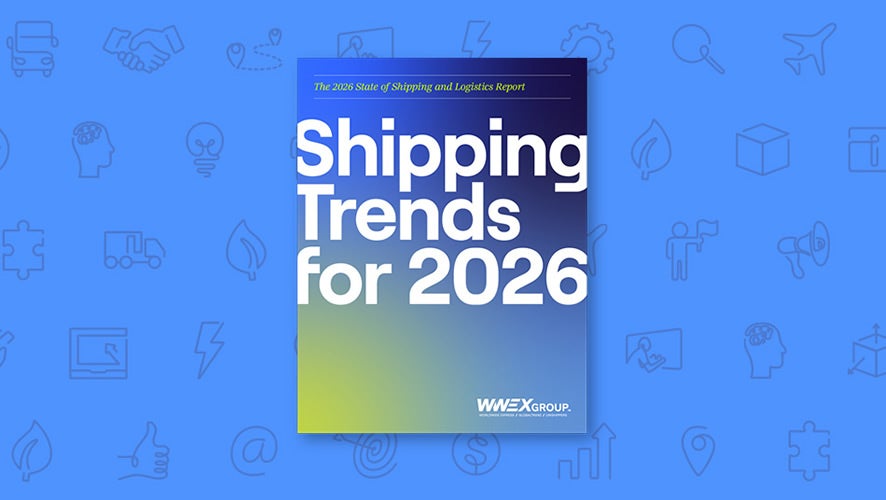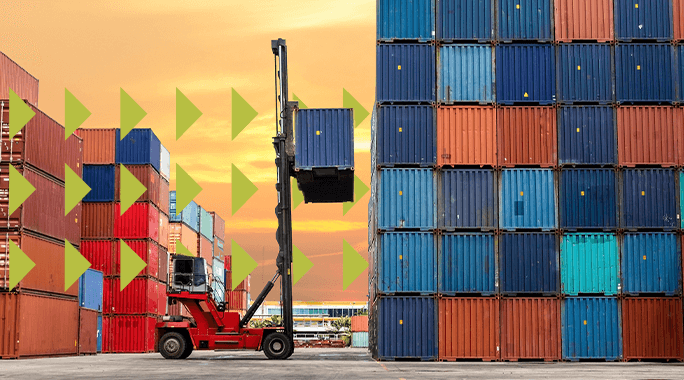BLOG POST
Freight Bill Vs. Bill of Lading FAQ’s: Making Sense Of Your Shipping Documents

Reading Time: 3 minutes
It's no secret that utilizing the freight shipping industry entails a lot of paperwork - including the ever-important freight bill and bill of lading (BOL). Both documents are used together to provide a complete view of your shipping agreement. Whereas a BOL is legally binding and acts as a formal shipping contract, a freight bill is an itemized invoice that helps define exactly what goods were shipped, as well as any associated costs or fees
Although these documents are typically used in conjunction and are both vital to the freight shipping process, they can be easy to confuse. We've broken these documents down so that you feel confident in understanding the aspects of your shipping agreement.
What is a freight bill?
A freight bill, or freight invoice, summarizes a shipping transaction and is completed after a load is shipped by the carrier or 3PL. It includes finalized information like what was being transported and any additional costs or accessorial fees associated with the shipment.
You should receive a freight bill from your carrier or 3PL partner.
Why is a freight bill important?
Without an invoice, there's no guarantee that a carrier or shipper will have paid or earned the agreed-upon amount for the shipment. Filing a freight bill quickly and with accurate information will lead to a smooth experience and prompt payment.
The same is true of the opposite, however. If a freight bill includes incorrect information or is missing key details, the process can be slowed, and you may not receive the full payment you're owed.
What should a freight bill include?
When you receive a freight bill from your carrier or 3PL partner, you'll want to make sure it includes:
- The names of the consigner and consignee
- The date of the shipment
- The origin and destination points of the shipment
- An accurate description of the freight (What is it? How big is it? What does it weigh?)
- The exact rate assessed
- Total charges due, including any accessorial fees or special services required for pickup and delivery
- The final route taken, including the names of each carrier and details of any transfers that occurred
- The billing address (This may be your business address.)
What is a bill of lading?
A BOL, or bill of lading, acts as a receipt for freight services and a contract between the shipper and carrier. Since this document is filled out before the freight is shipped by the shipper, ensuring you include correct, accurate information is key to a smooth shipment.
Why is a BOL important?
A BOL is one of the single most important documents in freight shipping. It stands as evidence of the contract agreed upon by the shipper and the carrier. This document is provided to the carrier at the time of pickup and includes everything the carrier needs to know about the shipment.
Just like with a freight bill, making sure to provide accurate information on a BOL will help the shipping process run smoothly. If incorrect or inaccurate details are included, you may run into unforeseen fees.
What should a bill of lading include?
To ensure that your shipping BOL is complete and accurate, you'll want to include:
- All relevant shipping or purchase order numbers
- Pickup and delivery addresses and instructions (if special services are required)
- The names and contact information for the consigner and consignee
- An accurate description of the freight (What is it? How big is it? What does it weigh?)
- Information on the packing equipment used
- A correct NMFC code so you avoid costly remeasures or reweighs
- The billing address (This may be your business address.)
- A hazmat designation, if applicable
How do a freight bill and a bill of lading differ?
A freight bill and BOL typically go hand in hand, but the two serve different purposes in the shipping process.
The freight bill is delivered to the shipper after delivery and marks the end of the shipment. This invoice includes the freight services quoted with finalized numbers and will account for any special services, accessorial fees or remeasures not denoted in the BOL.
The BOL is delivered to the carrier at the time of pickup and marks the start of the shipping contract. It includes all the details a carrier needs to effectively, efficiently and safely transport the shipment.
How do both shipping documents work together?
Although they are different, these two documents work together to provide a complete picture of all shipping details pertaining to a specific load. They provide initial information and measurements and account for any mistakes or obstacles along the way. Both the freight bill and BOL can help you track and analyze your freight shipments from pickup to delivery.
Where can I find additional help understanding my freight bill vs bill of lading?
Still stuck? It may be time to find a 3PL partner you can trust! Our team of dedicated experts is here to help you through the freight shipping process from start to finish. Request a custom shipping consultation today to get started!





